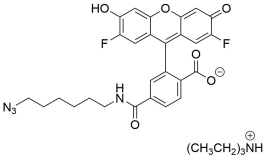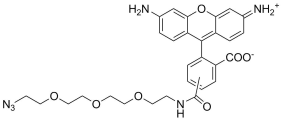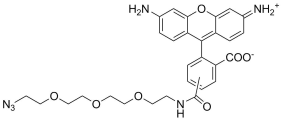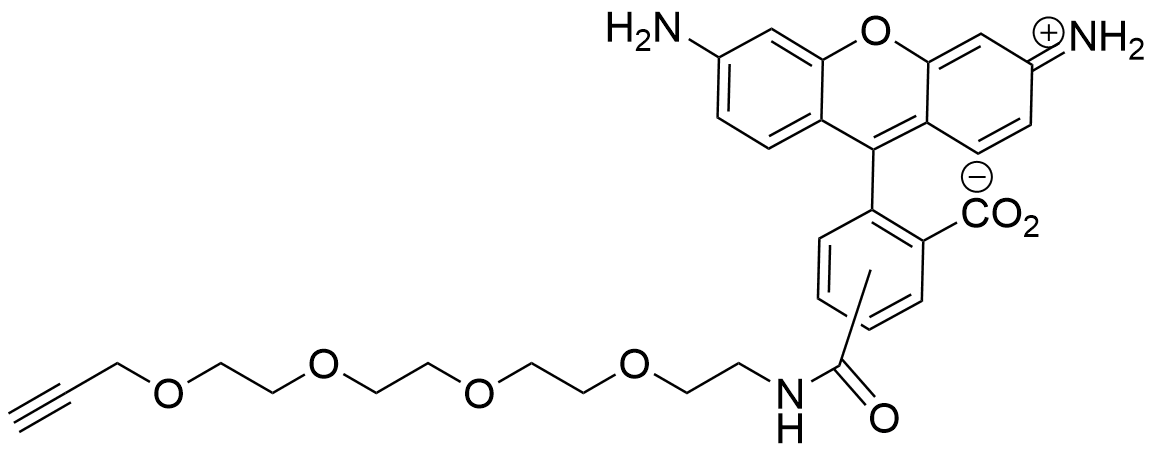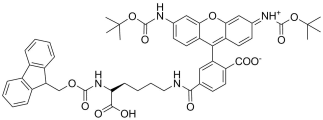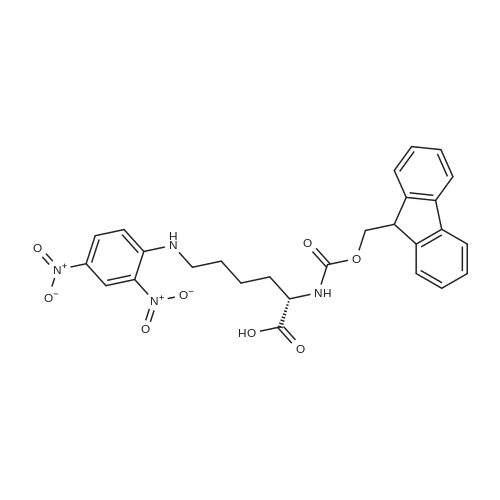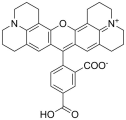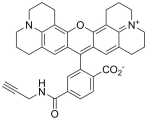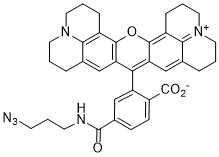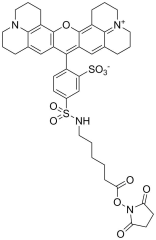Classic fluorescent dyes are organic compounds that have the ability to absorb light of a certain wavelength and emit light of a different, longer wavelength. This phenomenon is called fluorescence and it is widely used in many scientific and industrial applications, such as fluorescence microscopy, flow cytometry, and DNA sequencing.
Classic fluorescent dyes are characterized by their high quantum yields, meaning they can efficiently convert absorbed energy into fluorescence, and their broad absorption and emission spectra, allowing them to be excited and detected by a range of light sources and instruments. These fluorescent dyes also vary in their photostability, meaning their ability to maintain their fluorescence signal over time, and their sensitivity to pH, temperature, and other environmental factors.
Classic fluorescent dyes can be broadly classified into two categories: small molecule dyes and fluorescent proteins. Small molecule dyes are synthetic organic compounds that are designed to selectively bind to specific biological molecules, such as proteins, nucleic acids, or lipids, and emit fluorescence upon excitation. Fluorescent proteins, on the other hand, are naturally occurring or genetically engineered proteins that have intrinsic fluorescence properties and can be fused to specific proteins of interest to track their localization and dynamics in live cells and tissues.





